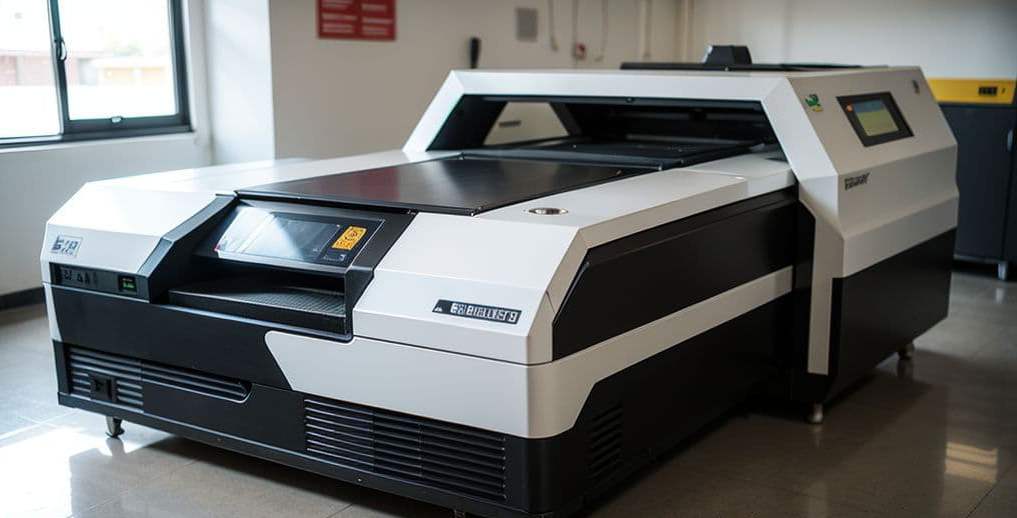can a co2 laser engrave metal

Introduction
The versatility of CO2 lasers in industrial applications has been a subject of extensive research and development over the past few decades. These lasers are renowned for their ability to cut and engrave a wide range of materials, including wood, acrylic, and plastics. However, a common question that arises is whether a CO2 laser can effectively engrave metal surfaces. Understanding the capabilities and limitations of CO2 lasers in metal engraving is crucial for industries aiming to optimize their manufacturing processes. This article delves into the technical aspects of CO2 laser-metal interactions, exploring the feasibility of metal engraving and how techniques like laser engrave cutting are applied in modern industries.
Principles of CO2 Laser Operation
CO2 lasers operate by electrically stimulating a gas mixture, producing a concentrated beam of infrared light at a wavelength of 10.6 micrometers. This wavelength is highly effective for materials that absorb infrared light well, such as organic substances and certain polymers. The laser’s ability to cut or engrave a material depends on the absorption characteristics of the material at this wavelength and the power density of the laser beam.
The fundamental process involves the conversion of light energy into heat upon absorption by the material’s